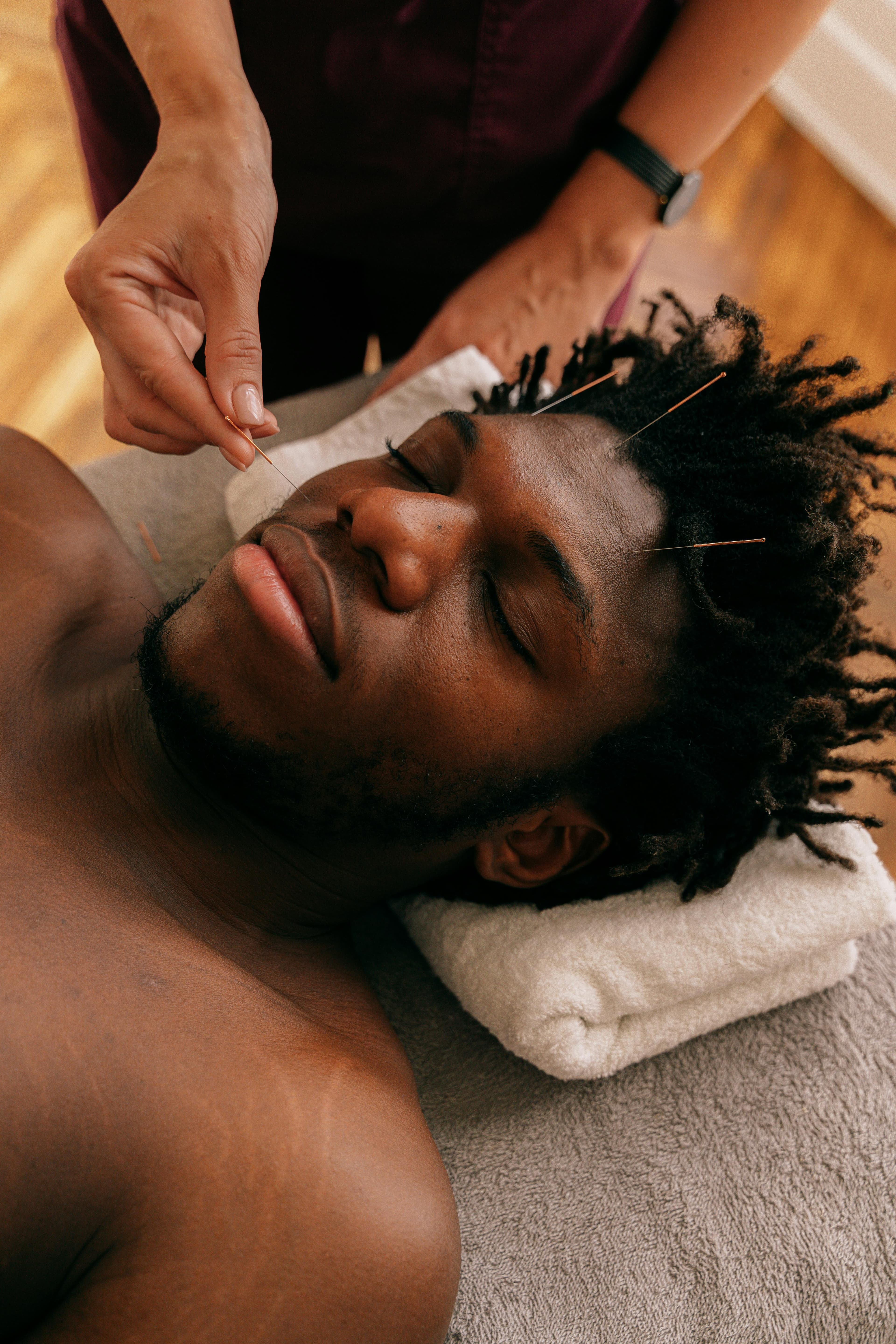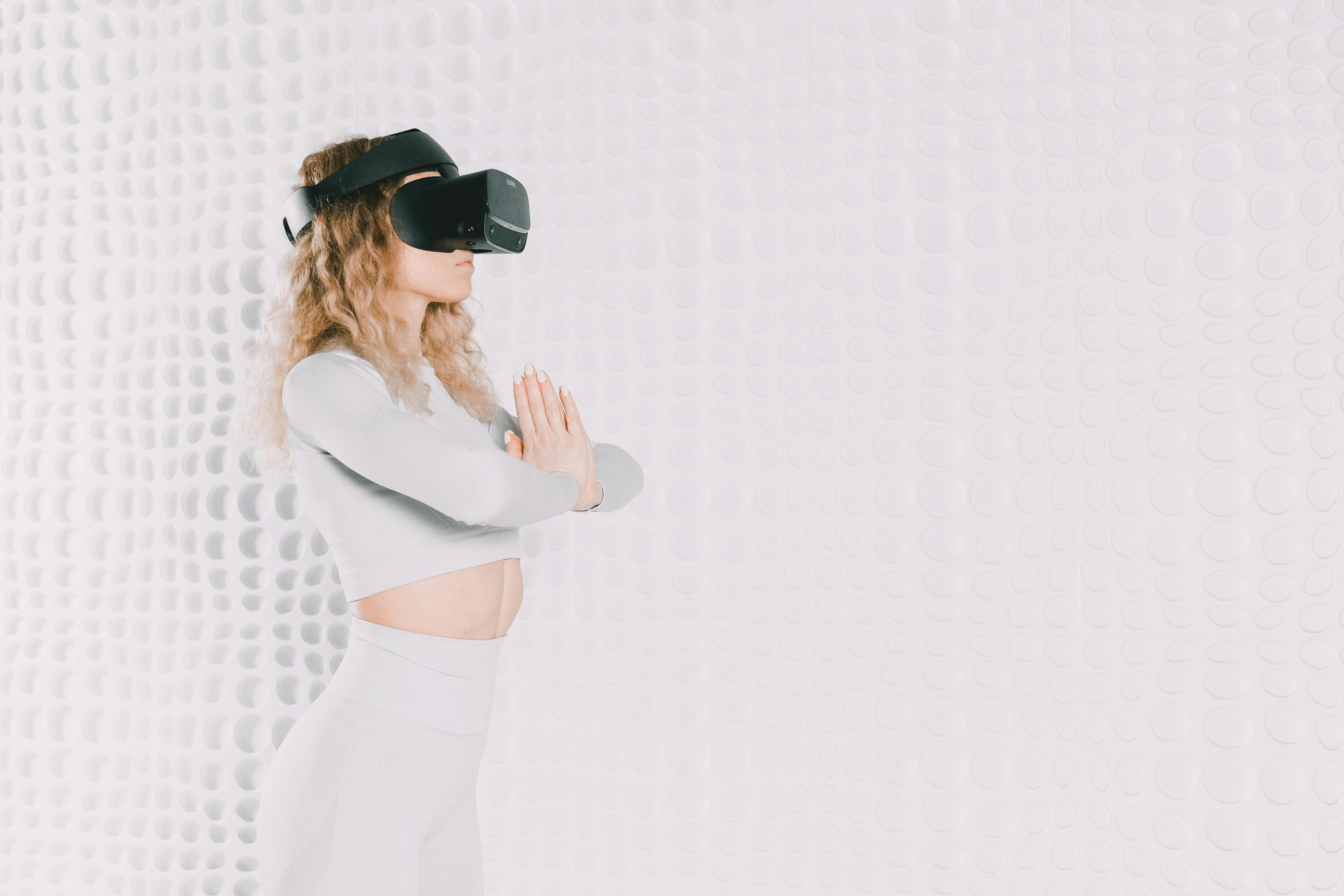The Silent Revolution: How Technology is Transforming Alternative Therapies, Bridging Old and Modern: The Synergy between Technology and Ancient Therapies
Introduction: At the crossroads of tradition and innovation, alternative therapies are finding a new lease on life thanks to technology. What was once dominated by age-old methods is now enhanced by cutting-edge apps and digital solutions. This post explores how the integration of technology and practices such as yoga, meditation, and acupuncture is reshaping the future of wellness.

1. Integration of Technology and Alternative Therapies With the advancement of technology, it is not surprising that even the most traditional healing practices are being transformed. Yoga and meditation apps, for instance, are helping people around the world find their center with just a few taps. Even more impressive is the use of augmented reality to guide acupuncture sessions, allowing therapists and patients to visualize energy points in the body with astonishing precision.
2. Benefits and Challenges The main advantage of merging technology with alternative therapies is accessibility. People in remote areas or with busy schedules now have access to treatments that were previously out of reach. Customization is another significant achievement; with advanced algorithms, apps can tailor healing practices to the individual needs of each user, promoting more effective outcomes.
However, these advancements do not come without challenges. Dependence on electronic devices and the authenticity of digitalized traditional practices are common concerns among purists and new users alike. Additionally, the regulation and scientific validation of these new tools are still ongoing.

3. Case Studies Various case studies illustrate the success of these integrations. For example, a research group in Boston documented how a meditation app significantly reduced stress levels in healthcare professionals during the pandemic. Another study highlighted the use of AR-assisted acupuncture apps to treat chronic pain, with patients reporting notable improvement.
4. The Future of Alternative Therapies The horizon for alternative therapies is vast and full of potential. The next wave of innovations is expected to include more integrations with AI for personalized diagnostics and perhaps even robots that can perform sophisticated massage techniques. As science progresses, these ancient practices may be seen not just as alternatives, but as essentials in the field of holistic well-being.
Expanded Benefits: Beyond accessibility and customization, technology in alternative therapies offers other significant benefits. The ability to collect and analyze large volumes of health data from users allows for a deeper understanding of the long-term effects of alternative practices. This not only improves the individual experience but also contributes to the scientific knowledge base regarding the efficacy of these practices.
Technical and Ethical Challenges: On the other hand, challenges extend beyond cultural acceptance and touch on technical and ethical issues. Data security is a growing concern, as the collection of sensitive health data requires robust protections to prevent breaches. Furthermore, there is the ethical challenge of ensuring that these technologies do not completely replace the human element in therapies, which is essential for successful treatment.
Detailed Case Studies:
Cases of International Relevance: In a study conducted in Sweden, a virtual reality platform was used to simulate tranquil environments for patients with high anxiety. The preliminary results showed a significant reduction in anxiety symptoms, suggesting that virtual immersion can be a promising tool in treating mental disorders.
Impact on Traditional Communities: Another interesting case comes from Japan, where a mobile application teaching Qi Gong-based breathing techniques has helped the elderly improve their quality of life and mobility. This example not only highlights the effectiveness of technology in transmitting traditional cultural practices but also in adapting them to meet modern needs.
The Near Future of Alternative Therapies:
Integration with Wearable Devices: Future innovations are expected to include the integration of alternative therapies with wearables that monitor vital signs in real-time. This will not only provide instant feedback on the effectiveness of practices but will also further personalize the health experience for the user.

Augmented Reality and Immersive Experiences: Augmented reality has the potential to completely transform the practice of alternative therapies, providing a truly immersive experience that can replicate the benefits of a natural healing environment or a yoga studio, accessible from the comfort of home.
Conclusion: As we explore these new frontiers, it becomes clear that the relationship between technology and alternative therapies is more than mere convenience; it is an expansion of what is possible in the field of health and wellness. With a continued commitment to ethics, innovation, and understanding, the possibilities are as vast as they are promising.
